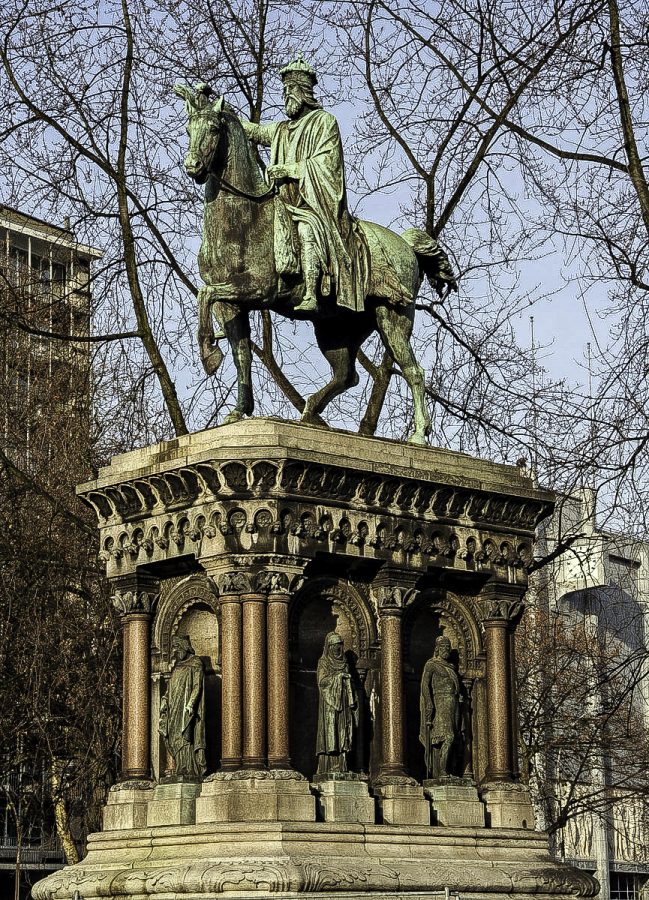History or Hoax – Phantom Time Hypothesis
December 5, 2017
Soon, the new year ball will drop in New York City, and we will celebrate the coming of the year 2018. The year that we are living in is fairly concrete – nobody argues about it, or at least, it’s not common to. There are, however, a fair amount of people who believe that we are not living in the year 2018. These people believe in the Phantom Time Hypothesis, which states that a large chunk of the middle ages were made up, and that we are really living in the year 1718. Heribert Illig, a German historian, noted the strangely small amount of documents during the time period 614-911 AD, and came to the conclusion that these years never actually happened.
While this theory is far-fetched, there is at least some evidence that makes one think this theory has some grounding. This time period falls in the Dark Ages. The Dark Ages are known for lack of advancements. People who believe this theory point to the lack of documentation and lack of development in architecture. This is why the period is called the Dark Ages – there was little development, and it was a ‘dark’ time in general. Advocates of this theory also point to the lack of archeological evidence that this time period existed. Our account of this time period is based on the limited amount of documentation from this time period. Believers in this theory claim that these few documents from this time are completely made up.
The founder of this theory, Heribert Illig, claims that it was a conspiracy entered into by three medieval world leaders to to change the dating system. The three rulers that Illig claim did this, were Pope Sylvester II, Holy Roman Emperor Otto III, and Byzantine Emperor Constantine VII. The reasoning behind it, Illig says, was to make it seem that Otto had begun his rule on the millennial year, 1000 AD rather than 996 AD. Illig continues his claim, saying that the rulers altered and forged documents, creating fake historical events to back them up. Illig finally says that the Holy Emperor Charlemagne was not real – he was made up. Through all of this covering up, Illig claims that 297 years were added to history. Illig blames the over-reliance on the written history of this time period. He points out that there is a difference in the length of a year between the Julian and Gregorian calendars are also to blame. The Julian Calendar states that a year is 365.25 days long, while the Gregorian calendar states that a year is 11 minutes shorter than the Julian Calendar states.
To think that a conspiracy could have been going on for so long is almost absurd. While the concept may seem crazy, some of the evidence that Illig points to definitely gets the mind moving. If the phantom time hypothesis is true, then the year isn’t 2017, but rather 1720. Do you agree with Illigs claims? I definitely suggest looking into them – you may consider celebrating New Year 1721 rather than 2018!












